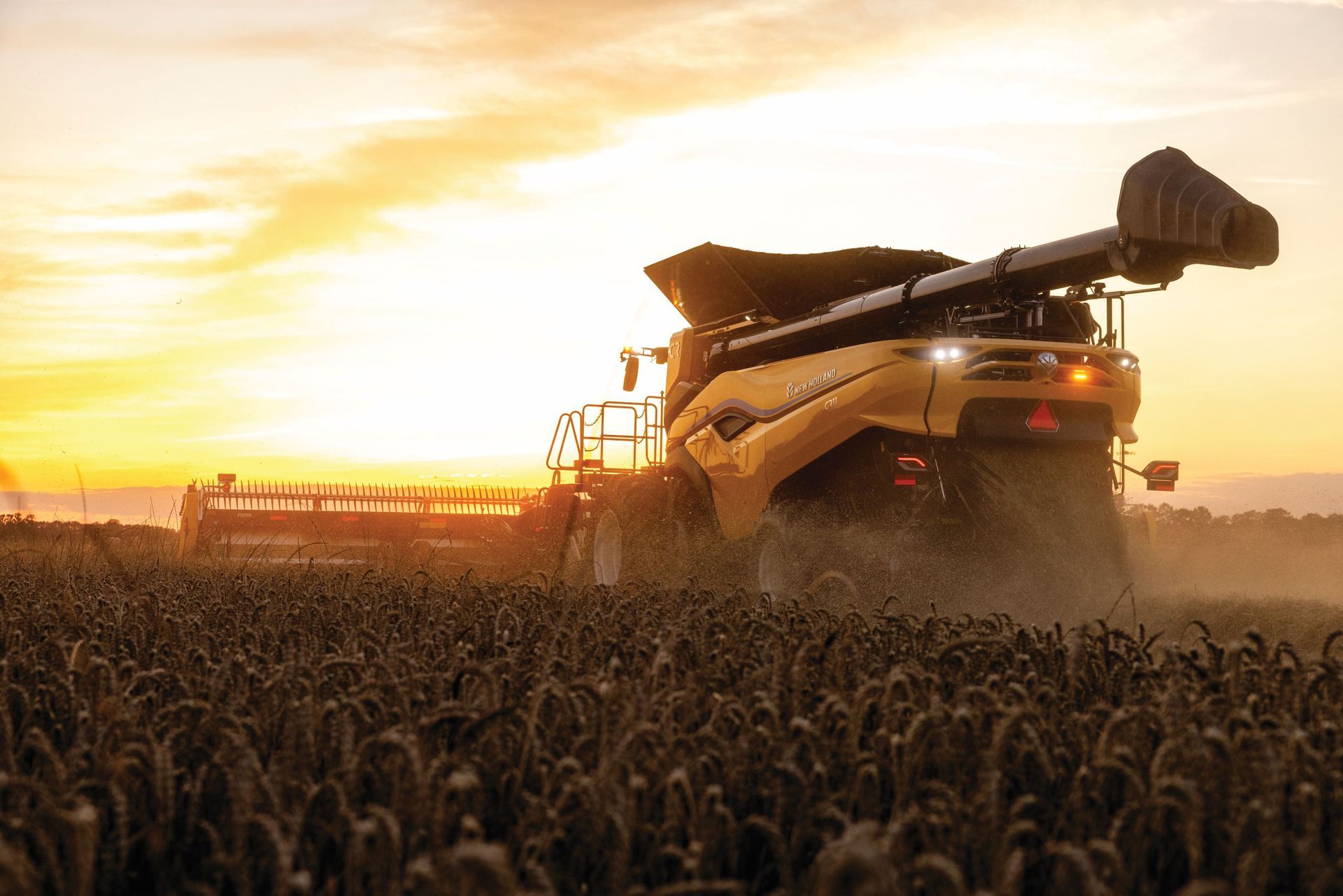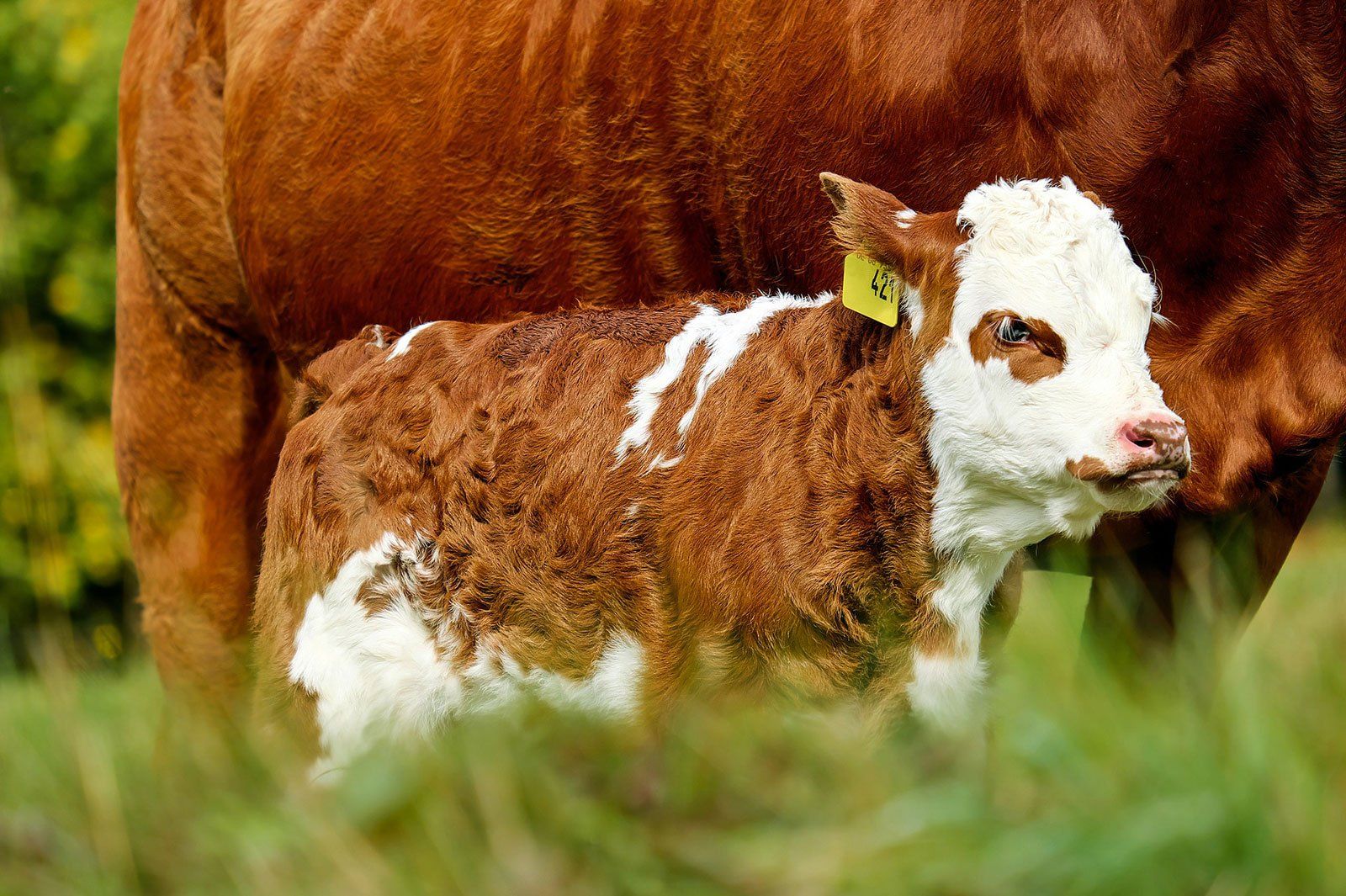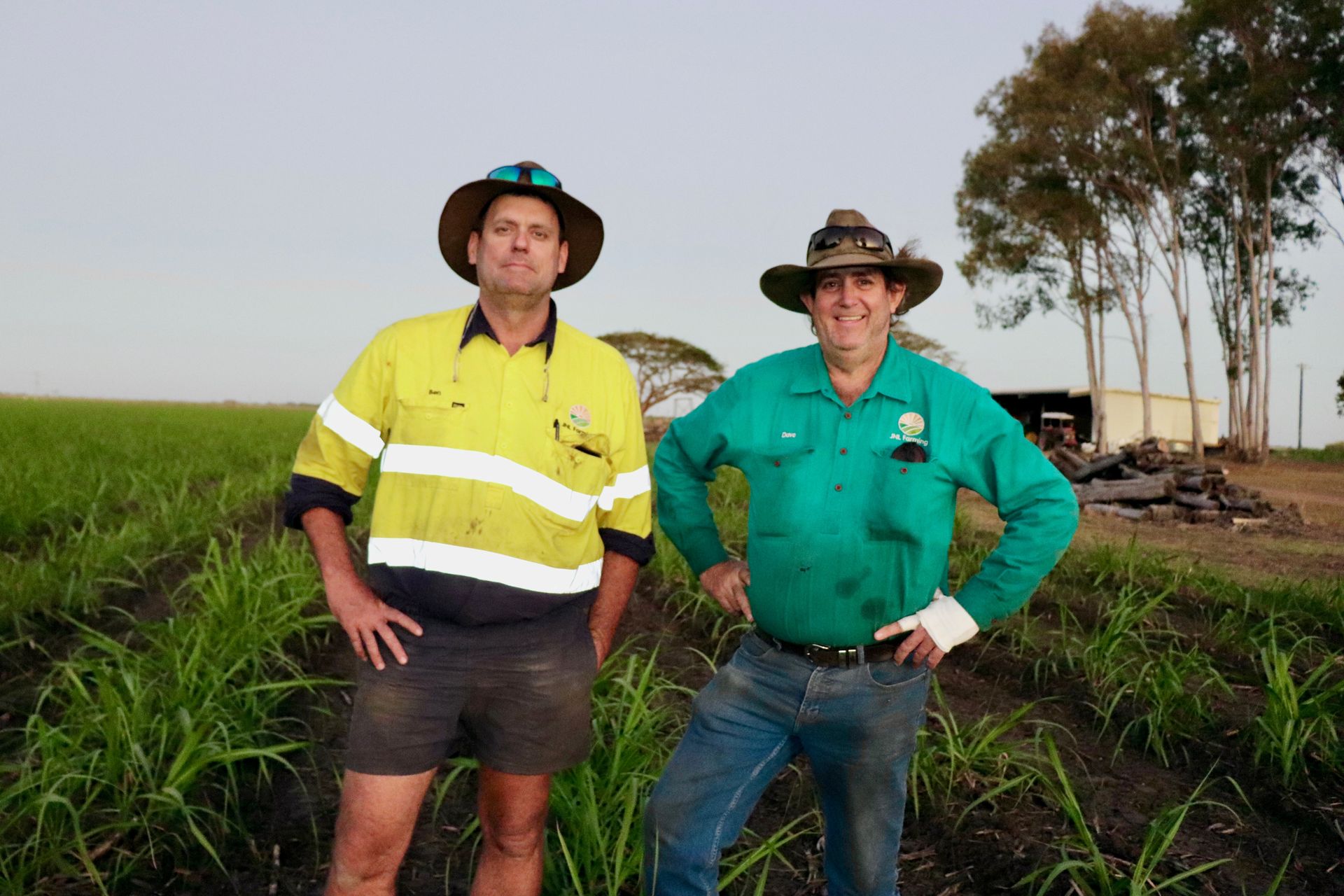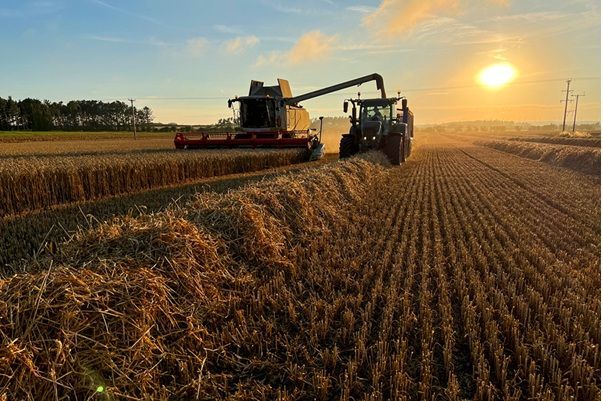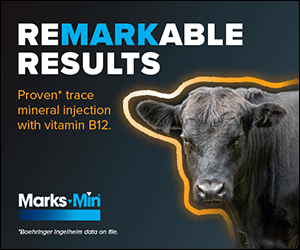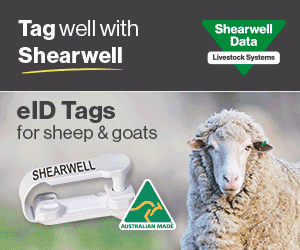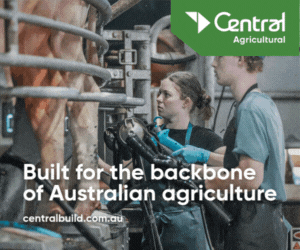1MG FlippingBooks
Australian innovation – translating discovery to commercial success
To bring new products to market in any industry generally involves a significant R&D investment followed by the complex navigation of industry and government regulations. Nowhere is this more true than in agriculture, and particularly the animal health sector.
The R&D process in the Australian animal health sector is a lengthy one, with pharmaceutical products taking an average of six years to progress from conception to market, and biological products (such as vaccines) even longer.
This is complicated by our strict biosecurity laws which – while commendable for preventing many foreign diseases and pests from entering the country – make it difficult for companies to import the biological products necessary to develop certain vaccines. The regulatory requirements of the sector can also be challenging, and it often takes 18 months to get an animal health product registered. As a comparison, in New Zealand the regulatory process has a legislated timeframe of just 40 working days.
One company deeply invested in the animal health R&D environment in Australia is French multinational Virbac, the seventh-largest animal health company in the world. Virbac has a significant presence in Australia, with 250 staff including a specialist Australian R&D team developing products solely for the Australian animal health market.
Robert Dempster, Research Development and Licensing Director at Virbac, believes that one of the key factors limiting innovation in animal health (and in agriculture in general) in Australia is the disconnect between researchers and industry.
“Researchers often have a limited view of what is required for the commercialisation of their inventions,” says Dempster. “It’s not that we on the commercial side try to pour cold water on innovation, but I think in many cases the innovation is not well-directed. This problem is to be expected as academics live in a very different world with different drivers.”
“Industry and academia need to work more closely together to fund real-world problems and create products that have genuine commercial potential.”
The gulf between the capability and funding of researchers and the commercial needs of companies is one that is often difficult to bridge. One solution is to encourage an atmosphere where companies and research institutions, such as universities, partner together earlier to fund innovation that has a clear commercial goal. This allows for the mix of skills and experience needed to bring innovative new products to the market.
This could be achieved by incentivising academics and applying commercial outcomes to the research rankings that drive the direction and undertaking of innovation at universities. If signing a deal with a commercial company gave an academic as many points towards their research ranking as a publication in a well-respected academic journal, then perhaps more research would result in commercialisation.
“Industry and academia partnering early is so important because although Australia does discovery really well, we do commercialisation poorly,” says Dempster. “Agricultural innovation is no different to any other type of industry in Australia – private industry doesn’t invest enough in R&D, we aren’t close enough to academia and academia isn’t close enough to us.”
It is this the distance between researchers and companies that is hampering relevant innovation in the Australian industry. It is something that needs to be tackled by government policy makers, research institutions and industry bodies in order to ensure Australian R&D delivers and Australian products can be commercially successful on both a global and a domestic scale.
